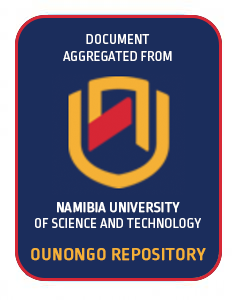State land leases and concessions in Lao PDR
Study on state land leases and concessions in Lao PDR, sponsored by the Lao-German Land Policy Development Project (German contribution to the Lao Land Titling Project II in Lao PDR). This study is part of a series of Land Policy Studies conducted in preparation of a coherent and comprehensive "National Land Policy Statement for Lao PDR."







